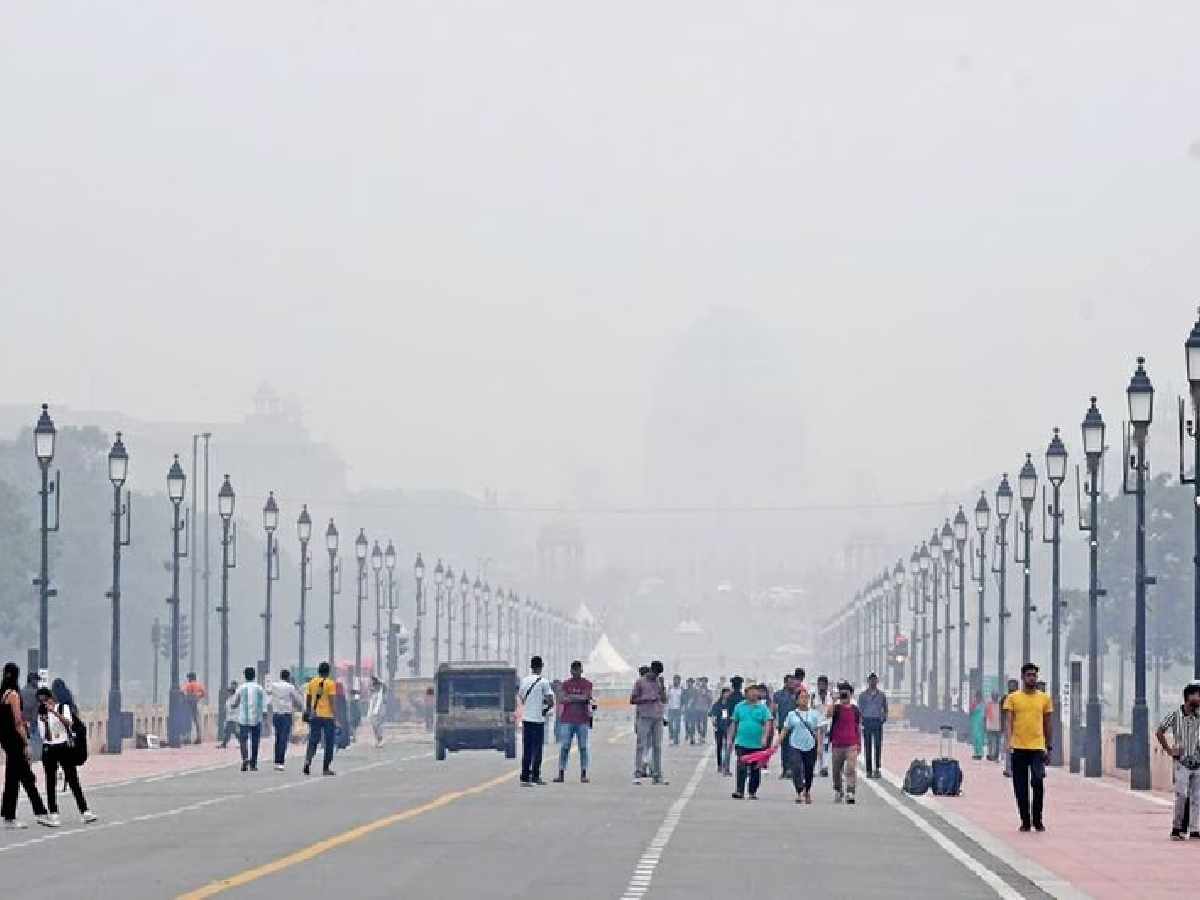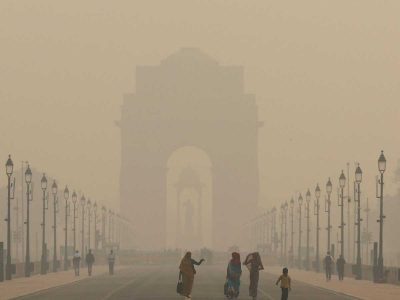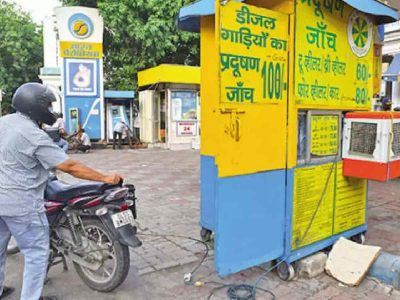The Centre’s air quality panel for Delhi-NCR on Monday lifted the Stage 2 restrictions under the Graded Response Action Plan (GRAP), citing a decline in pollution levels brought on by favourable weather conditions.
At 4 pm, Delhi’s 24-hour average air quality index (AQI) registered at 186—well below the 300 threshold that activates Stage 2 measures.
Both the India Meteorological Department (IMD) and the Indian Institute of Tropical Meteorology expect the AQI to continue within the moderate to poor range.
According to the Commission for Air Quality Management in NCR and adjoining areas, the recent improvement in air quality is due to an increased mixing height, a higher ventilation coefficient, and conditions that greatly facilitate the dispersion of pollutants.
With the Stage 2 curbs now revoked, inter-state buses from surrounding NCR states are once again allowed to enter Delhi.
Also Read: Why Yamuna is revered in Delhi
Under GRAP, the Delhi-NCR region typically enforces air quality restrictions during the winter months by classifying air conditions into four stages: Stage I (Poor, AQI 201-300), Stage II (Very Poor, AQI 301-400), Stage III (Severe, AQI 401-450), and Stage IV (Severe Plus, AQI above 450).
The hazardous air quality experienced during winters is usually a result of adverse meteorological conditions compounded by vehicle emissions, paddy-straw burning, firecrackers, and other local pollution sources.





